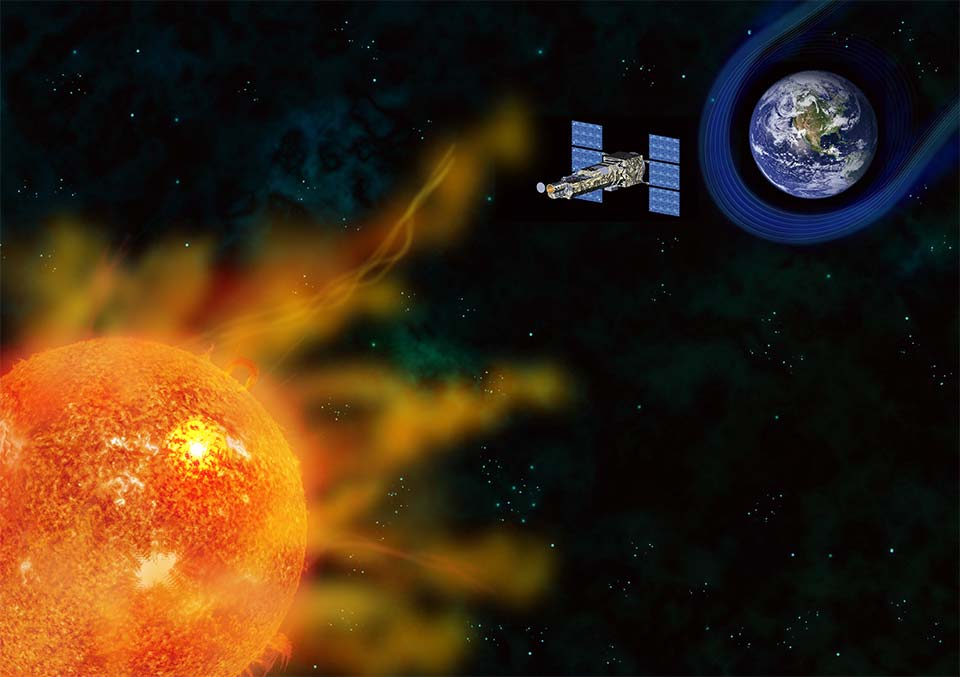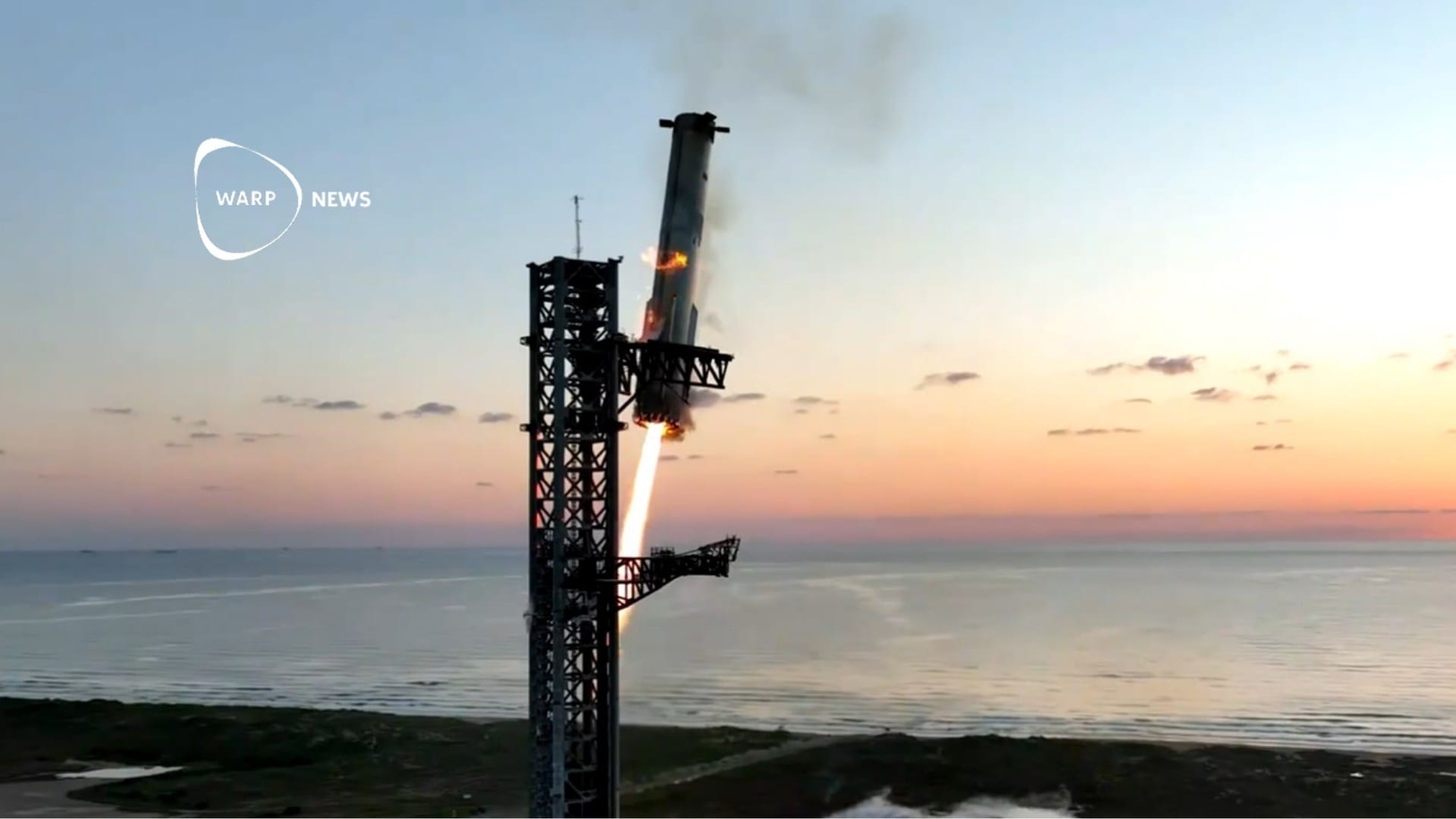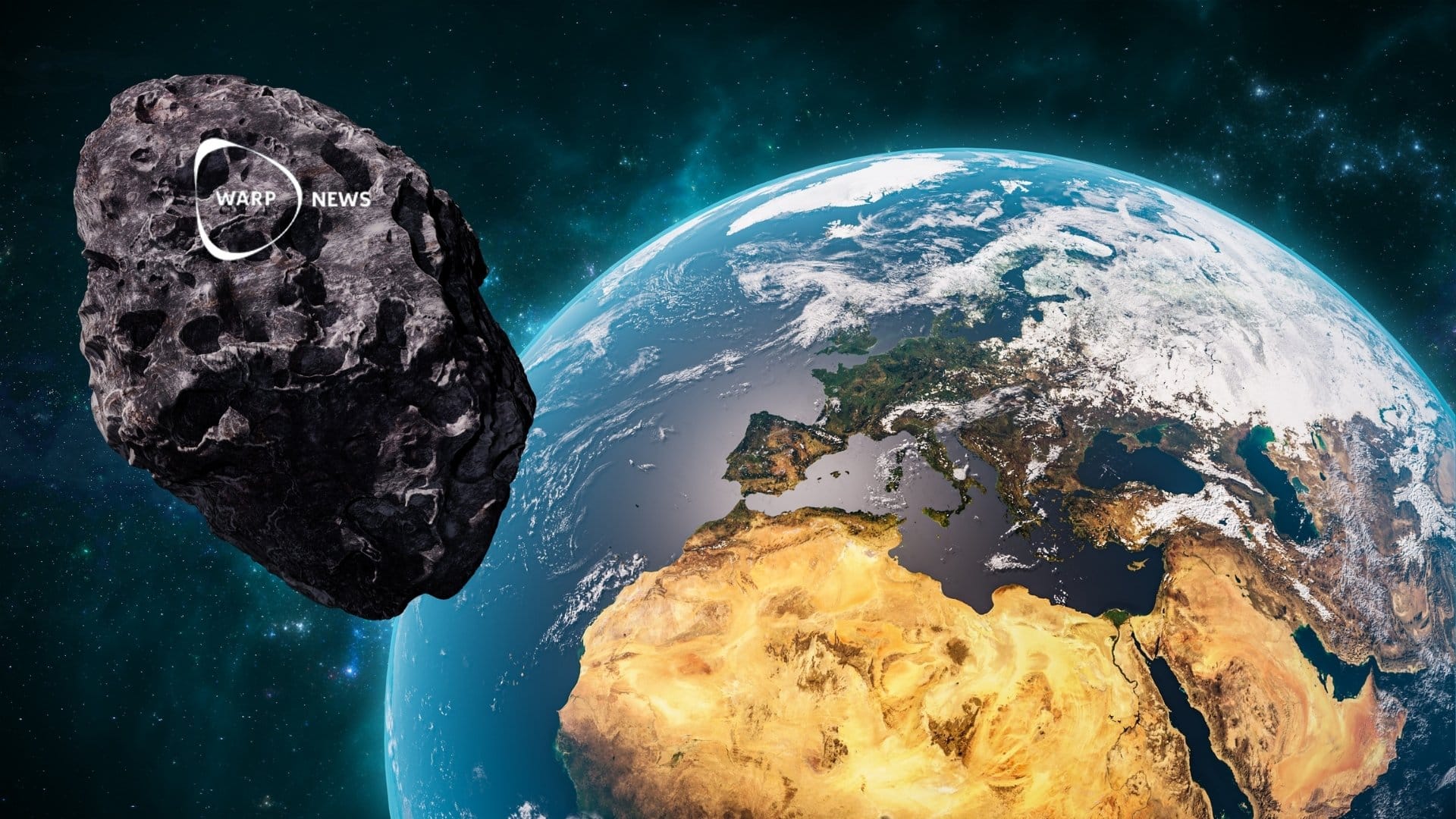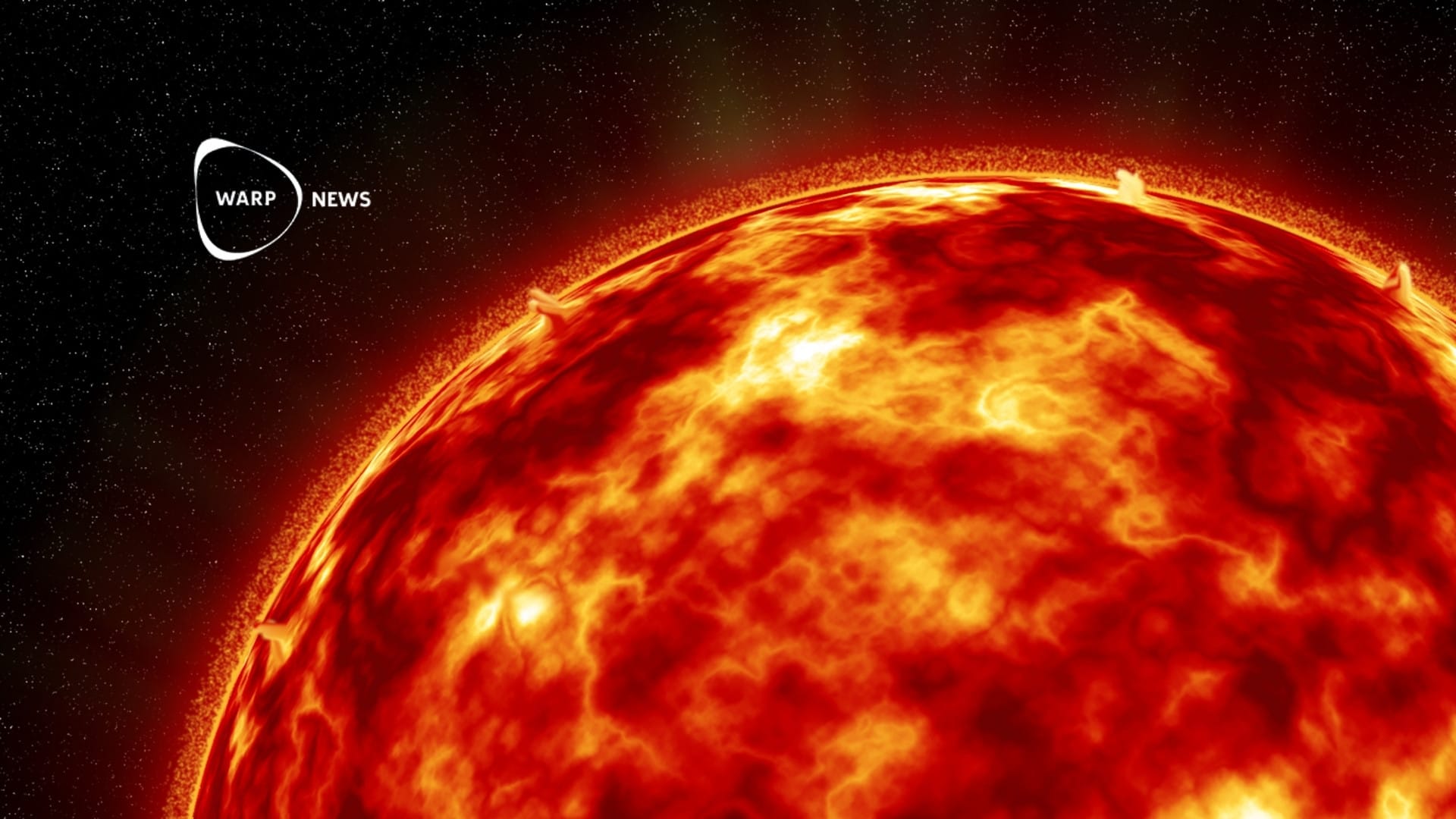
🛰 Two new satellites will give us better forecasts for space weather
By increasing our understanding of how solar winds and eruptions on the solar surface occur, we can gain knowledge about how to better protect our satellites.
Share this story!
When particles from the sun hit the earth's atmosphere, they can give rise to fantastic northern lights. But they can also damage satellites in orbit and, in the worst case, disrupt the power grids down to earth. To better understand how the solar wind and eruptions on the sun can affect us, Nasa has approved two new "weather satellites" that will observe the sun.
One satellite is called Extreme Ultraviolet High-Throughput Spectroscopic Telescope, EUVST. It is a space telescope that will study how changes in the sun's surface affect solar winds and eruptions .
EUVST will observe ultraviolet radiation, UV, with much higher accuracy than previous UV telescopes. The hope is that better data on UV radiation will give us greater opportunities to understand what causes large eruptions on the sun's surface. The satellite will also help us understand how the solar wind works and what affects it.
The other satellite approved by Nasa is Electrojet Zeeman Imaging Explorer, EZIE. This is a series of small cube sets that will study how the earth's magnetosphere interacts with the solar wind. Effects here cause the northern and southern lights and can knock out satellites and disrupt communications and electricity networks on Earth if things go awry.
Together, the satellites will give us knowledge that can hopefully show how we can protect satellites and electricity networks from solar eruptions and spikes in the solar wind. Previous research has, for example, discovered that thicker aluminum shields are needed to protect electronics in satellites .
But EUVST can also give us more knowledge about our origins. One of the research goals for the satellite is to investigate how the solar wind has changed over the years and what it looked like when life arose here on earth. It may give us clues about how solar winds affect early life, which in the long run can help us determine where life may have originated in the rest of the universe.
By becoming a premium supporter, you help in the creation and sharing of fact-based optimistic news all over the world.


